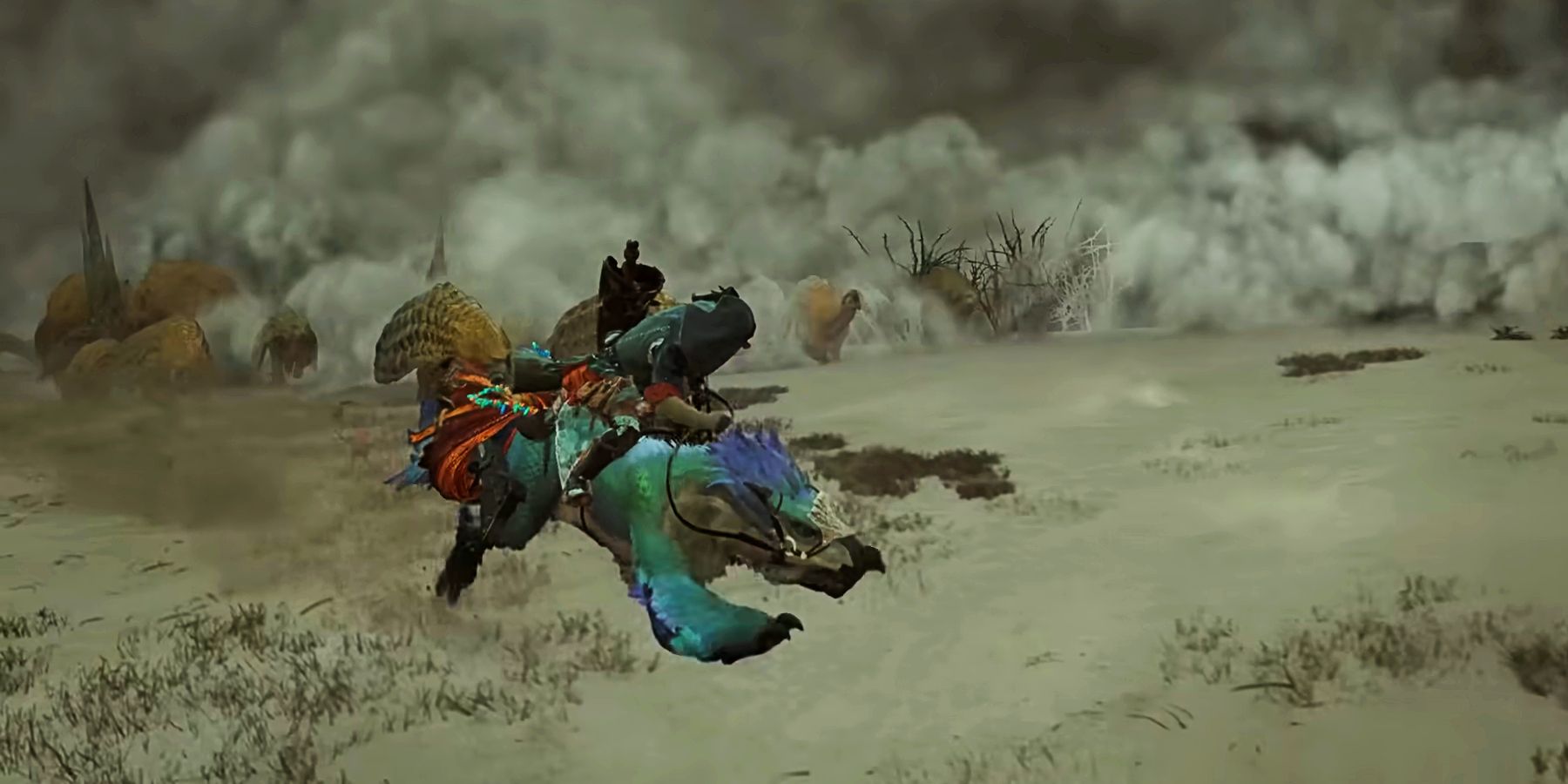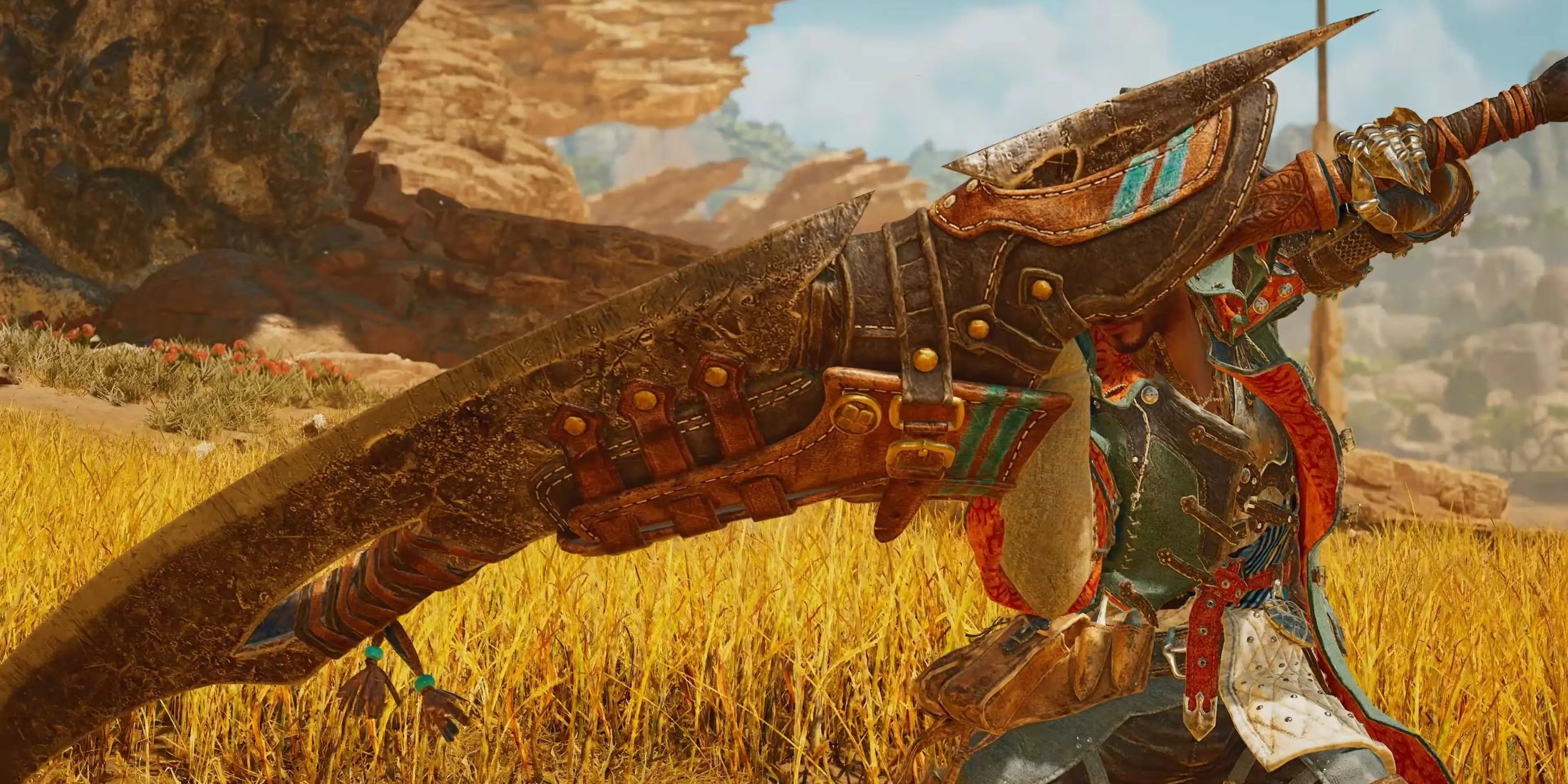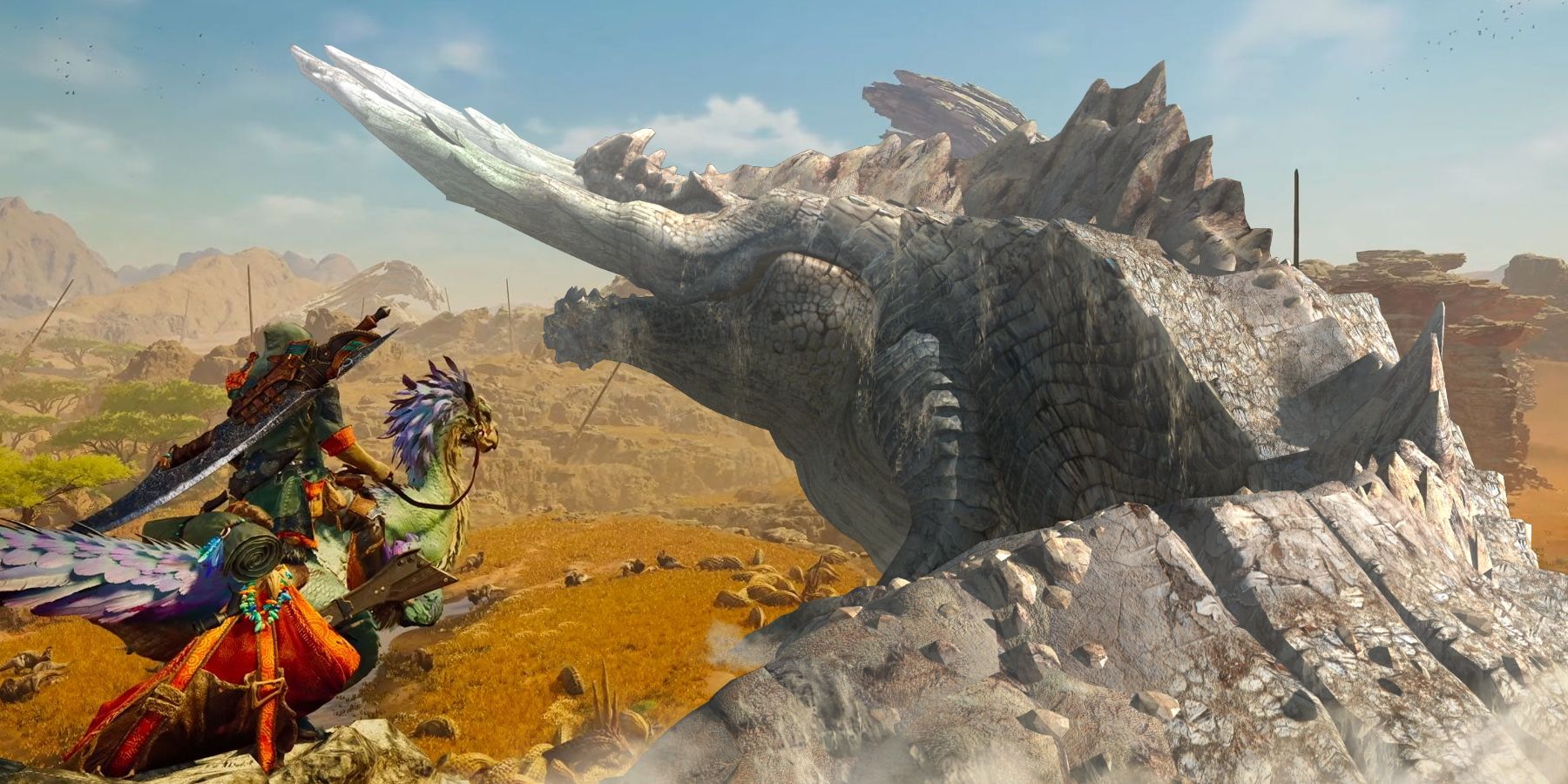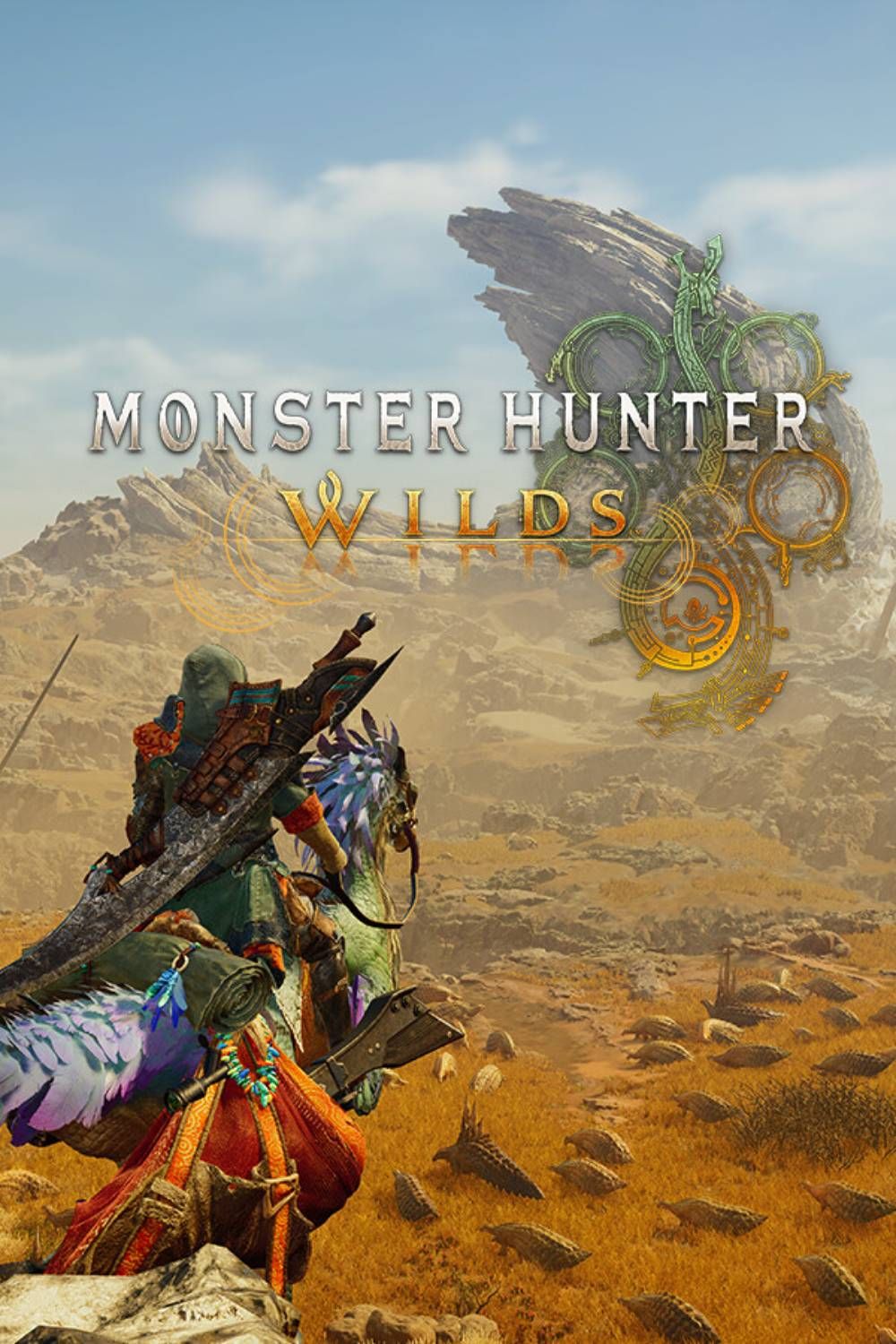Highlights
- Monster Hunter Wilds looks like it could feature an interconnected open-world design, potentially with larger explorable areas than ever before.
- The game may have a biome-changing system, indicating a new approach to Monster Hunter's landscapes.
- The presence of the series' largest creatures, such as Elder Dragons, may be limited due to technical limitations in the game's open-world design.
As the next entry in one of Capcom’s most unique long-running franchises, Monster Hunter Wilds is set to fully delve into the latest generation of gaming when it eventually arrives. Following the successes of World and Rise that have revitalized the series in recent years, Monster Hunter Wilds seems poised to incorporate defining elements from both of those differing experiences. With what appears to be an interconnected open-world design that may go beyond what World accomplished through separate zones, however, there’s one type of monster encounter made popular by the older titles which might continue to become less prominent.
While the reveal trailer for Wilds showcased several unprecedented features, a massive shockwave that seemingly transformed the setting right in front of the player hinted at a new approach to Monster Hunter's biomes. It’s still unknown if the game will utilize a totally seamless open-world approach or several distinct biomes as MH has done previously, but this biome-changing system could very likely mean that explorable areas are going to be larger than ever before. The potential of huge environments filled with monsters is an exciting prospect to many fans, but the presence of the series’ most massive creatures may ultimately end up suffering from this evolution.

Monster Hunter Wilds Needs One QoL Feature at Launch
Monster Hunter Worlds did a lot to improve the series' quality of life, but there is one important feature that it missed out on.
Monster Hunter's Iconic Large-Scale Encounters
Climactic Encounters that Break the Typical MH Gameplay Mold
Since the first appearance of Lao-Shan Lung in the original Monster Hunter for PS2, there have been a variety of monsters that eclipse the size of even many buildings that could be taken down by the player. While some of the most powerful enemies are still capable of being fought with traditional weaponry, several of Monster Hunter's Elder Dragons tend to require a special approach to combat. Whether fighting the enigmatic, floating Yama Tsukami on foot or shooting at Jhen Mohran with Dragonators and cannons from a boat as it swims through the sand, the biggest creatures in Monster Hunter have always been some of the most memorable to battle.
Mixed Representation in Monster Hunter’s Fifth Generation
The handling of giant monster encounters has both evolved and regressed since World's release. The migration of the mountain-sized Zorah Magdaros is a key aspect of World’s main story, with the player facing the almost incomprehensibly massive Elder Dragon on multiple occasions. Rise would then leave this kind of monster out of its own roster, with that game’s scale capping out around the likes of Gaismagorm. The anticipation surrounding a direct follow-up to World has led some to hope for less of a Rise-esque style moving forward, but the direction of Monster Hunter Wilds might continue the trend.
The Scale of Monster Hunter Wilds' World Presents a Unique Challenge for Larger Monsters
Roaming Giant Monsters Could Create Huge Technical Strain
World made major strides in the realm of what was possible in MH, primarily through the game’s focus on featuring multiple monsters at once who could fight each other along with the player. Wilds’ possible open-world style would almost certainly be set to evolve this system, with there being potential for monsters to be present in various biomes simultaneously.
Monster Hunter's giant Elder Dragons, however, would likely struggle to properly exist within this environment due to technical limitations. Even with the power of modern hardware, a situation like the scripted encounter with Nergigante while on top of Zorah Magdaros’ back may be nearly impossible to recreate while maintaining a true open-world design.
The Potential for Reinventing Large-Scale Encounters in Wilds
It’s extremely unlikely that players will see two colossal Elder Dragons facing off in the same biome anytime soon, but there’s always an opportunity for creating more isolated areas where they can properly exist in the next game. Wilds might end up utilizing a mission structure outside what has been previously established due to its freedom, but cleverly designing a map with designated portions could support more technically intensive feats within those bounds. Ideally, one of the series’ most iconic monster types will get the same evolution that other key elements seem set to receive and return in Monster Hunter Wilds.




